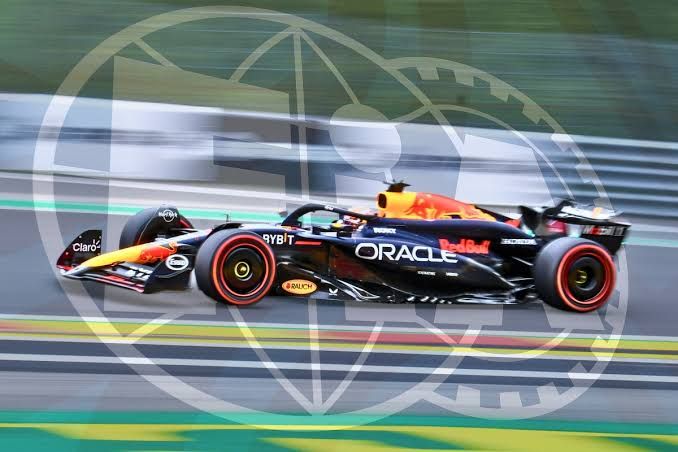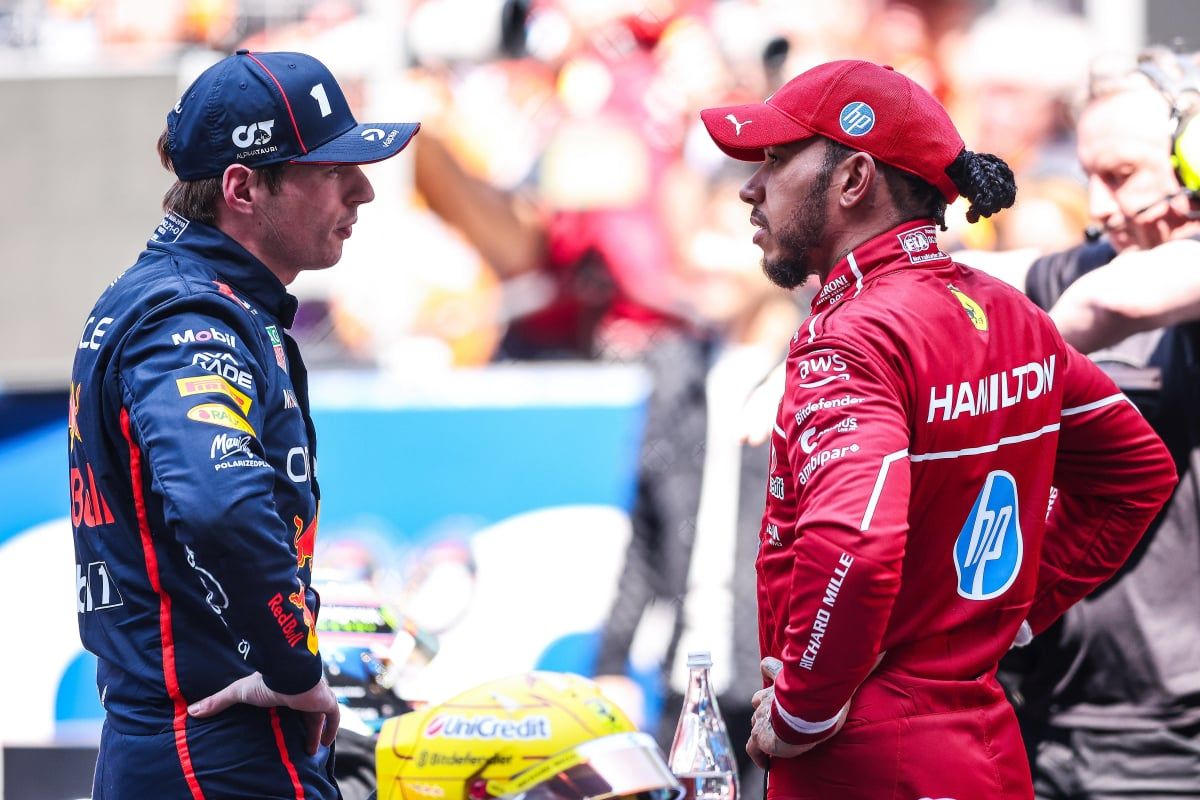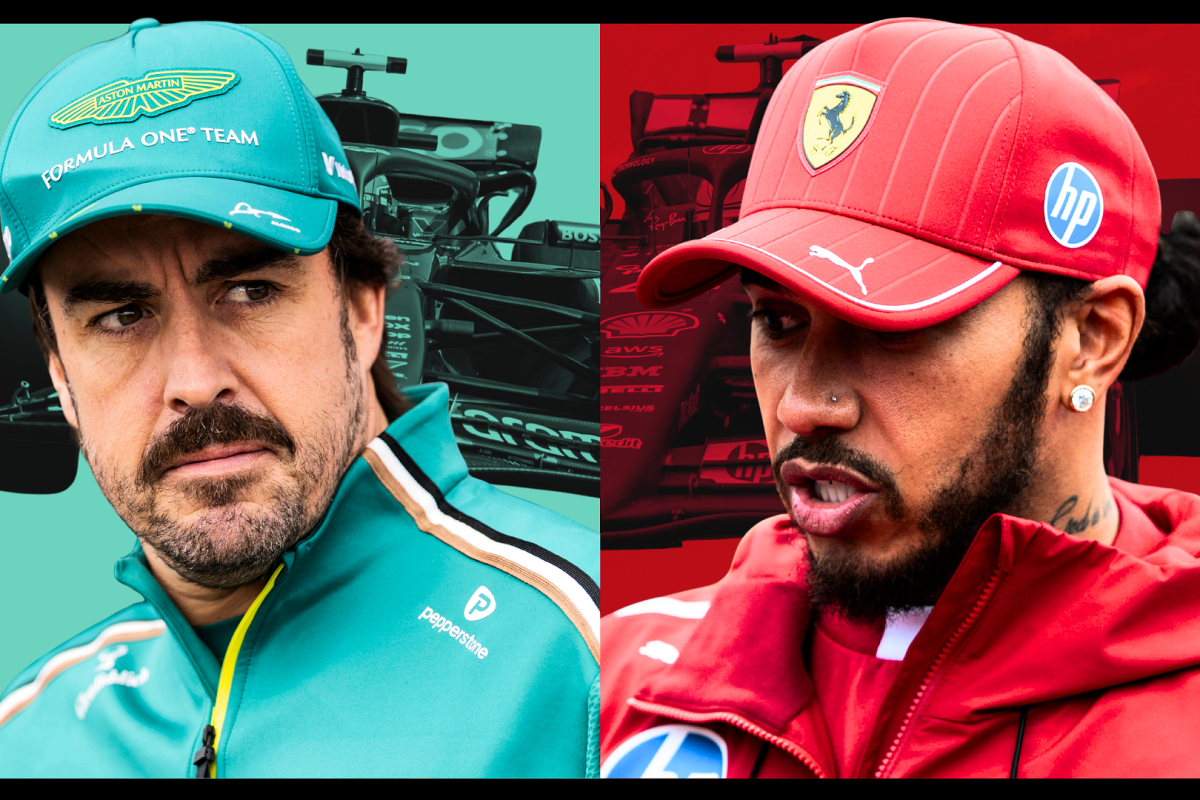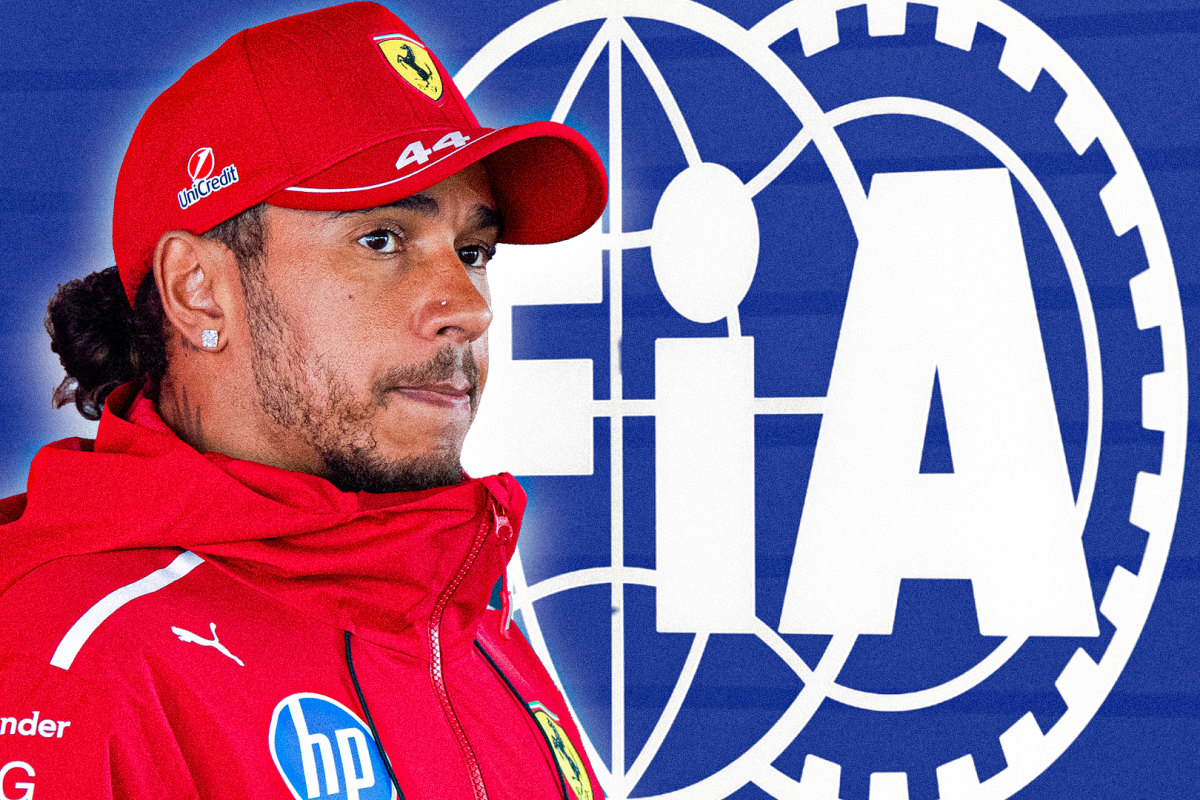Breaking news: F2 and F3 CEO Bruno Michel on F1’s ‘exceptional’ rookie intake and why Bearman’s super-sub showing was so vital
Bruno Michel, the CEO of Formula 2 (F2) and Formula 3 (F3), has praised the exceptional talent coming through the ranks of the junior single-seater series, with a large portion of the 2025 Formula 1 grid having made their way from F2 and F3. Out of the 20 drivers on the 2025 F1 grid, 16 have honed their skills in the lower categories of single-seater racing, with many having progressed to F1 in the past six months. This influx of new talent has underscored the importance of these developmental series, where drivers get their first taste of top-tier motorsport before stepping up to the pinnacle of racing.
Michel, who has overseen the development of young drivers in F2 and F3, pointed out that the rapid progression of several drivers from the junior categories to F1 highlights the growing quality of racing and talent coming out of these series. He emphasized that F2 and F3 have become essential pathways to the highest level of motorsport, with drivers using these platforms to showcase their skills and prove themselves to F1 teams.
One of the key aspects Michel discussed was the remarkable performance of drivers like Bearman, who made a strong impact with his super-sub performance. Bearman’s ability to step in and deliver in a challenging environment was seen as a vital moment for both F2 and F3, reflecting the preparation these drivers undergo in the junior categories before making the jump to F1. His display in particular served as an example of how these up-and-coming talents are not only ready for F1 but also capable of handling the pressure that comes with the top series.
With such a significant percentage of the current F1 grid having made their way through F2 and F3, the role these series play in the development of future F1 stars is undeniable. Michel expressed his pride in seeing the young drivers grow and transition into Formula 1, stating that their success reflects the hard work and dedication put in by both the drivers and the teams in F2 and F3.
The recent success of these young talents shows that F2 and F3 are more than just stepping stones—they are vital training grounds for the future of F1. As more drivers make their way from the junior series to F1, the connection between the two continues to strengthen, and the expectation is that this trend will only continue in the coming years.




